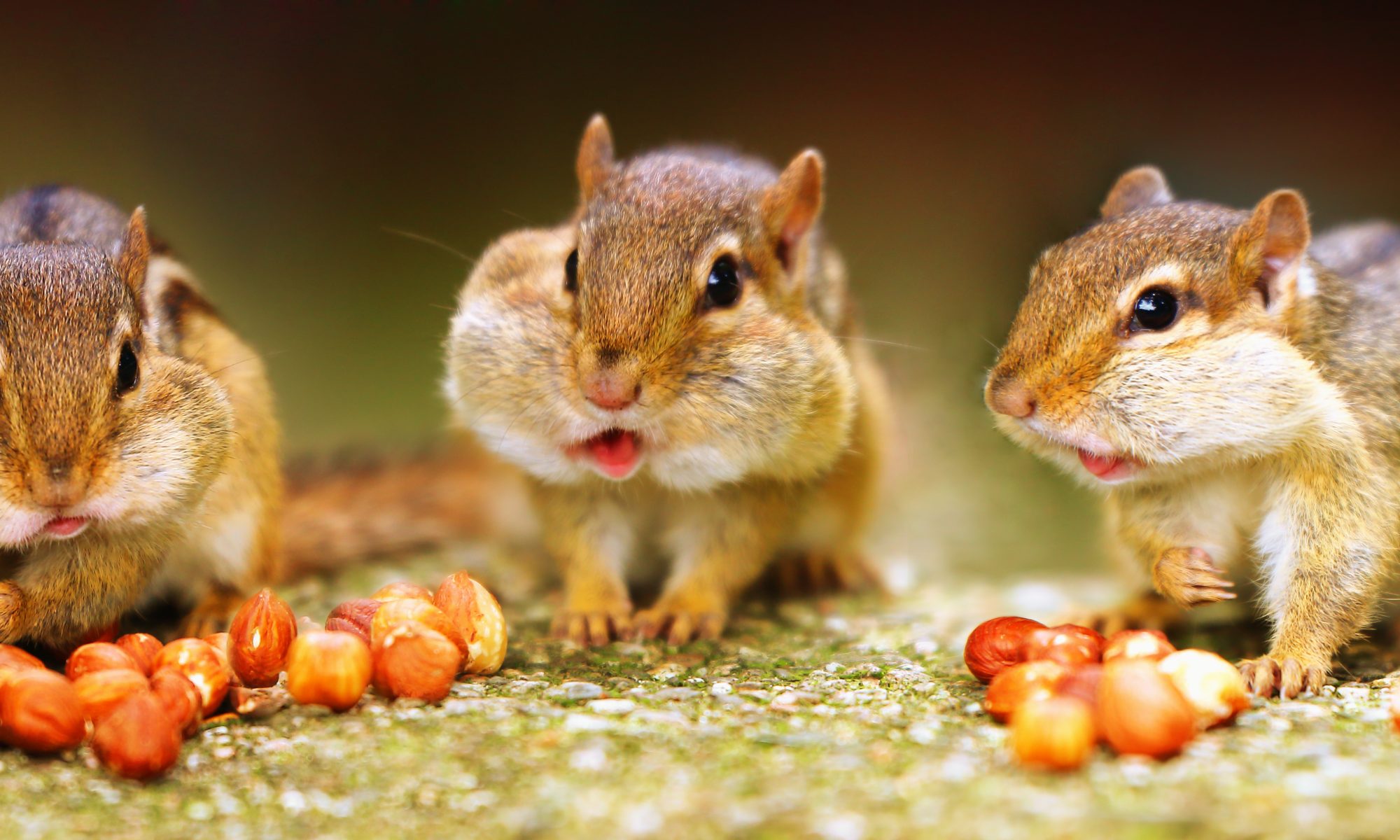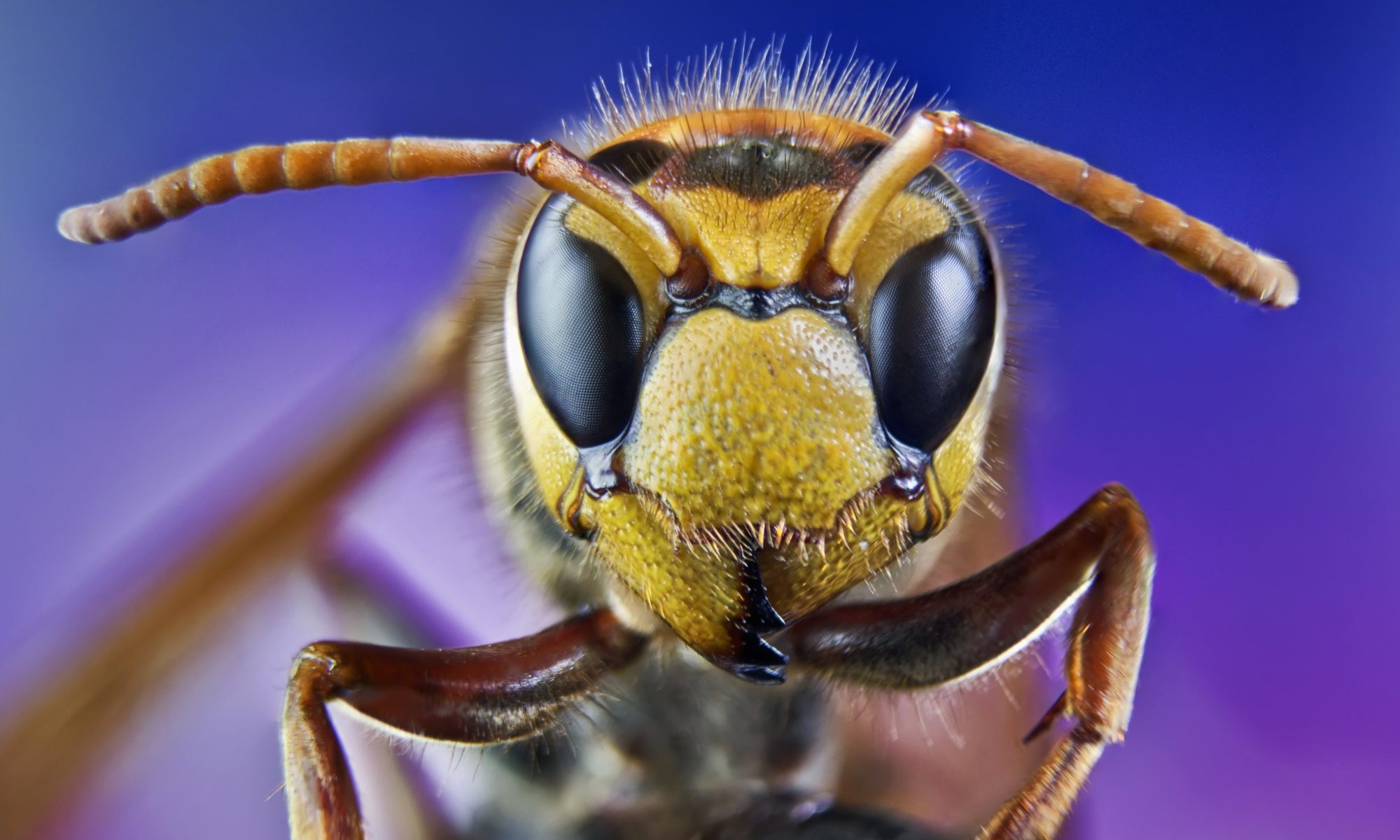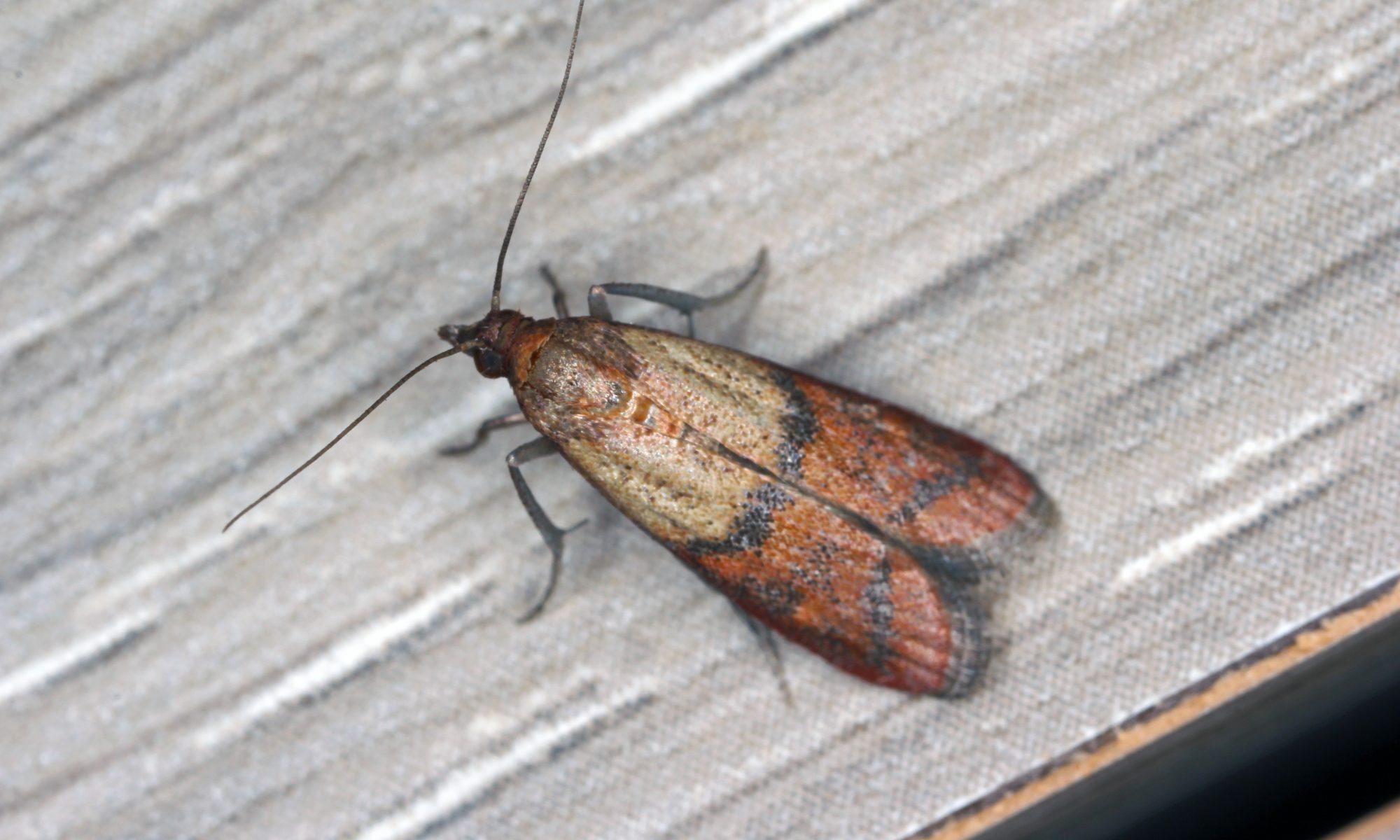
While widely popularized as adorable creatures in popular culture, chipmunks can be a terrible problem once they infest your home. Chipmunks are still considered rodents, classified as a type of squirrel, being the smallest among the family.
These tiny mammals are identified with their furry bodies, their fluffy tails, and their black, white, and brown stripes on the back. Cute as these critters may seem, their unwanted presence in your house surely isn’t as charming.
At Environmental Pest Management, we are here to help you with that. But before anything else, check these few things to know about these adorable yet bothersome chipmunks.

Chipmunk Basics
Chipmunks are mammals, part of the Sciuridae family, which is the same as the squirrels.
As the smallest in size in all of the squirrel family, chipmunks can only grow up to between four and seven inches. Their tails, on the other hand, may grow from three to five inches long.
These animals are not social animals, and so they usually keep to themselves. They prefer to be alone, particularly in gathering food, unless it is the season for mating. While they do hibernate, there are times when they are unable or unwilling.
A young chipmunk or a chipmunk’s offspring is called a “pup.” Also, the proper term for a group of pups born to one mother chipmunk is a “litter,” while an extensive collection of chipmunks is referred to as a “scurry.”
According to National Geographic, there are about 25 different species of chipmunks all around the world. All of which, except the Eutamias sibiricus, are found in the United States.
Habitats for the Scurry
Chipmunks prefer to live in tree-filled areas like forests. They make their own homes, with some creating their nests, but most through creating burrows, complete with a tunnel system, nesting chambers, and rooms for storage.
Their nesting chambers can be found in wooden logs or shrubbery and can be made out of many small plant parts, such as leaves, twigs, and branches.
Meanwhile, the burrows that they dig can reach up to 30 feet long and are generally kept clean. Chipmunks often hide the openings to these underground chambers, camouflaging this entry by covering it with leaves and stones.
In these underground living spaces, chipmunks hibernate in the winter and even create storage space for food for after the cold and hibernation seasons.

The Chipmunk Diet
Chipmunks are omnivores. Their favorite foods are things that are easy to come by, generally accessible from the ground. Their plant and animal based diets includes:
- Mushrooms
- Seeds
- Fruits
- Berries
- Nuts
- Grains
- Lizards
- Frogs
- Birds
- Bird eggs
When gathering up food to store, chipmunks stuff their findings within their all-famous, massive, and highly-expandable cheeks, or technically speaking, cheek pouches.
These cheek pouches can stretch the head of a chipmunk up to three times its normal size. To put things into perspective, a chipmunk can collect an estimated 160 acorns per day.
The Chipmunk’s Lifetime
Common chipmunks in America, mainly Eastern chipmunks, live between two and three years. While Siberian chipmunks living far from suburban areas in Asia and Europe are a few of the longest-living rodents, with a lifespan between six years and a decade.
Now that you know all about chipmunks, what is it with these tiny creatures that make their presence in your home need extermination?

What damages do chipmunks cause?
Don’t let these chipmunks’ cute exterior fool you!
Chipmunks, while not aggressive unless in defense mode, can also pose dangers to you and the suburban environment. With their sharp incisors, they can chew on the smallest things such as wires, floor elements, or insulation, which could lead to serious problems in your home. They also bring destruction to a garden by chewing on the plants, as well as to personal belongings such as clothes, furnishings, and other items kept in closed storage.
Regularly seeing signs, such as ruined property marked by left-behind chew marks is a sign of chipmunk, or generally, rodent infestation.
Even though chipmunks are not aggressive animals, they can bite, and their bite can be dangerous. Just like any animal, domesticated or wild, a single bite from them could cause a variety of health problems. Diseases and infections such as salmonella and Hantavirus could be possible results of a chipmunk’s bite.
How do you avoid a chipmunk infestation?
Chipmunks in the suburbs are mostly dependent on humans for food, water, as well as shelter, so you have to keep all the food sealed in your house.
Also, to avoid another set of chipmunks welcoming themselves in your home without your knowledge is to determine possible chipmunk entry points like open cracks and crevices in your home, and then get them covered.

How can you get rid of them?
Are you having a hard time driving these chipmunks out your door, or even having no time at all to get started? We all know that getting rid of chipmunk infestations at home can be quite a challenge, and can be almost impossible without professional help.
So, if you have a chipmunk problem in your house, let us know! The Environmental Pest Management or EPM is the lending extermination hand for you. For a free quote, contact us here!













